
Mayangone: The Green Gateway to Yangon
Explore Mayangone, Yangon's serene northern neighbourhood, offering lush greenery, cultural landmarks, and a peaceful escape from the city's hustle and bustle.
Nestled in the northern part of Yangon, Mayangone is a charming blend of modernity and tradition. This neighbourhood is an idyllic escape from the bustling city center, offering a serene atmosphere surrounded by lush greenery. As you wander through its streets, you will discover a harmonious mix of local markets, contemporary cafes, and cultural landmarks. One of the highlights of Mayangone is the Kabar Aye Pagoda, a significant Buddhist site that attracts both devotees and tourists. The pagoda's serene surroundings and intricate architecture provide a peaceful retreat for those seeking spiritual solace. Nearby, the Maha Pasana Cave is a remarkable man-made structure designed to host large gatherings and religious ceremonies. It’s a must-visit for those interested in the rich cultural tapestry of Myanmar. Mayangone is also home to several embassies and international schools, adding a cosmopolitan vibe to this tranquil area. The neighbourhood's proximity to Yangon International Airport makes it an ideal starting point for visitors. Whether you are looking to unwind in a quiet café, explore local markets, or immerse yourself in the cultural heritage of Myanmar, Mayangone has something to offer for every traveler.
Local tips in Mayangone
- Visit Kabar Aye Pagoda early in the morning to avoid the crowds and enjoy a peaceful experience.
- Try the local street food at Mayangone Market for an authentic taste of Myanmar cuisine.
- Wear comfortable walking shoes as the neighbourhood has many scenic spots best explored on foot.
- If you are visiting the Maha Pasana Cave, check the schedule for any special events or religious ceremonies.
- Use local taxis or ride-hailing apps for convenient transportation around Mayangone and to other parts of Yangon.
Iconic landmarks you can’t miss
Shwedagon Pagoda
Explore the majestic Shwedagon Pagoda, a golden icon of spirituality and culture in Yangon, Myanmar. Immerse in history and local traditions.
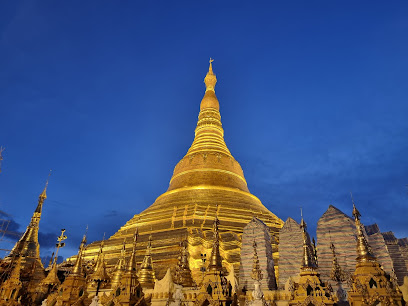
Sule Pagoda
Discover the spiritual heart of Yangon at Sule Pagoda, a magnificent Buddhist temple rich in history and cultural significance.
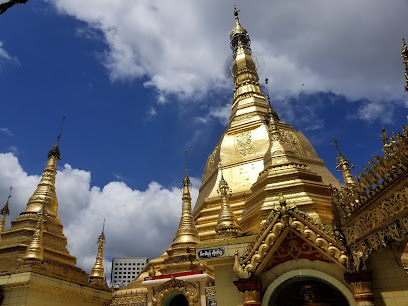
Chaukhtatgyi Buddha Temple
Discover the serenity and splendor of Chaukhtatgyi Buddha Temple, home to a breathtaking reclining Buddha and a rich cultural heritage in Yangon.
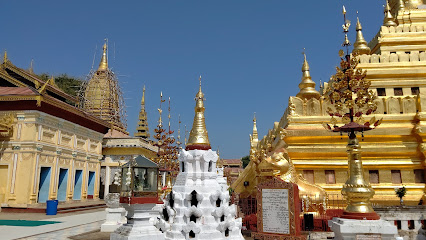
Thiri Mingala Kabar Aye Pagoda
Explore the spiritual heart of Yangon at Thiri Mingala Kabar Aye Pagoda, a stunning Buddhist temple that embodies Myanmar's rich cultural heritage.
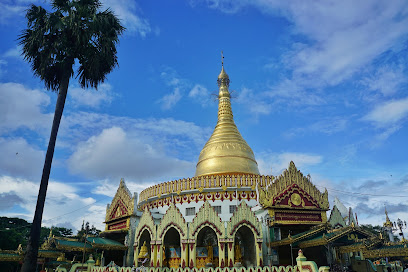
Maha Bandula Park
Explore the serene beauty of Maha Bandula Park in Yangon, a vibrant green space with stunning views and a cultural heart.
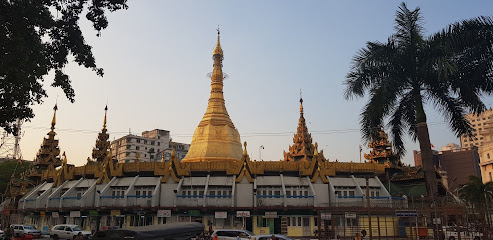
Kyaik Ka San Pagoda
Explore the enchanting Kyaik Ka San Pagoda in Yangon, a stunning Buddhist temple embodying Myanmar's rich cultural and spiritual heritage.
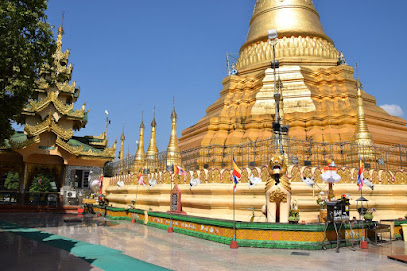
Swe Taw Myat Pagoda
Explore the enchanting Swe Taw Myat Pagoda in Yangon, a stunning Buddhist temple rich in culture and architectural beauty.
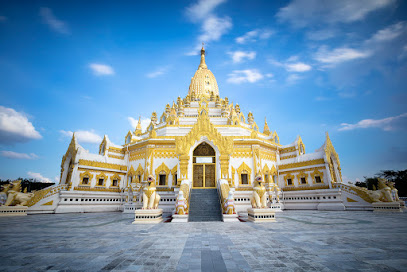
Mingun Bell
Explore the Mingun Bell, the world's largest ringing bell, in Myanmar—a stunning landmark steeped in history and cultural significance.
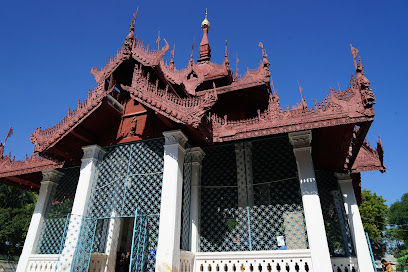
Yangon Heritage Trust
Explore the rich architectural heritage of Yangon at the Yangon Heritage Trust, where history and preservation come alive in Myanmar's vibrant capital.
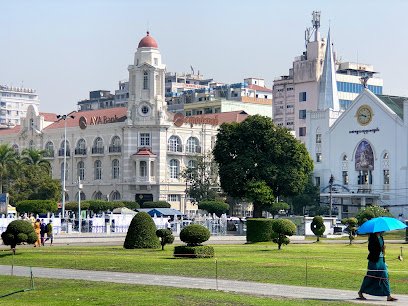
Cantonment Gazebo ကန်တော်မင်ခန်းဆောင်ငယ်
Discover the timeless charm of Cantonment Gazebo by Kan Taw Min Lake, a historical landmark rich in culture and serene beauty in Yangon.
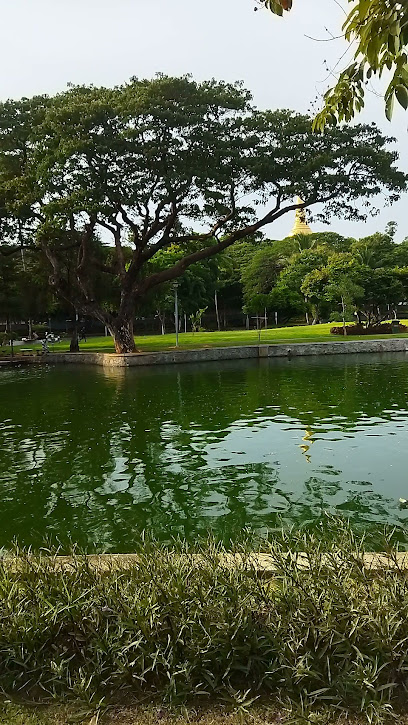
Unmissable attractions to see
Shwedagon Pagoda
Explore the Shwedagon Pagoda, a stunning golden stupa in Yangon, where spirituality meets breathtaking architecture and rich cultural heritage.

Yangon Zoo
Explore the beauty of wildlife at Yangon Zoo, Myanmar's oldest and largest zoo, featuring diverse animal exhibits and lush greenery for a perfect day out.
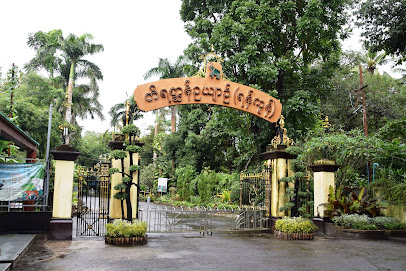
Chaukhtatgyi Buddha Temple
Visit Chaukhtatgyi Buddha Temple in Yangon to witness the majestic reclining Buddha, a symbol of Myanmar's rich cultural and spiritual heritage.
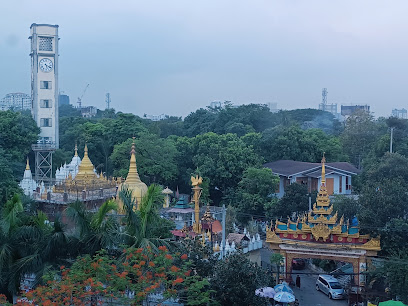
National Museum of Myanmar
Discover the cultural treasures of Myanmar at the National Museum, showcasing a rich history through captivating exhibits and artifacts.

National Races Village
Explore the National Races Village in Yangon, a vibrant ethnographic museum celebrating Myanmar's rich cultural diversity and heritage.
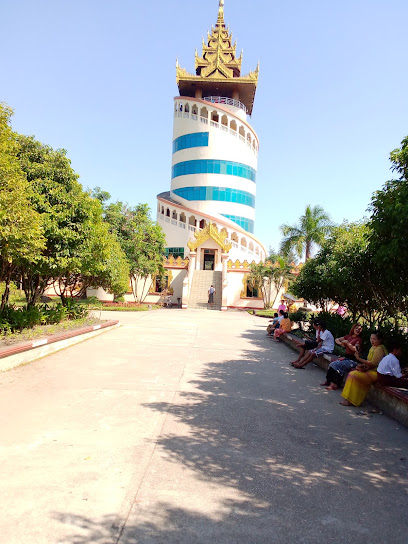
Swe Taw Myat Pagoda
Discover the spiritual beauty of Swe Taw Myat Pagoda, a stunning Buddhist temple in Yangon, Myanmar, where culture and tranquility meet.
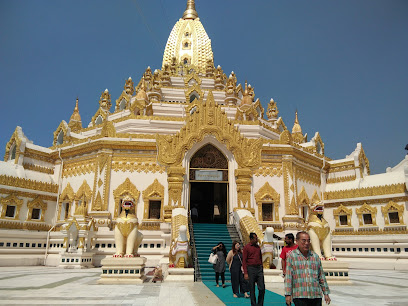
Essential places to dine
The Marina
Experience authentic Indian cuisine at The Marina in Yangon, where vibrant flavors meet a welcoming atmosphere.
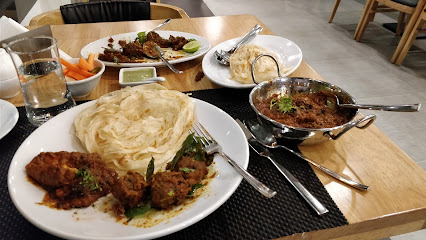
Aung Thu Kha Traditional Myanmar Food House
Experience authentic Burmese cuisine at Aung Thu Kha Traditional Myanmar Food House in Yangon - where tradition meets flavor.

Golden Crab House Restaurant
Experience authentic Chinese seafood cuisine with a focus on delicious crab dishes at Yangon’s Golden Crab House Restaurant.
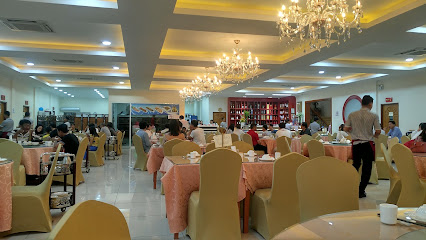
Ô'Thentic Brasserie
Experience the rich flavors and warm ambiance at Ô'Thentic Brasserie in Yangon – where culinary artistry meets local charm.
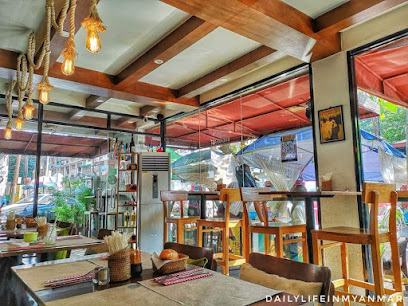
Le Planteur Restaurants & Lounge
Experience luxury dining at Le Planteur in Yangon—where exquisite French cuisine meets unparalleled service in an elegant atmosphere.
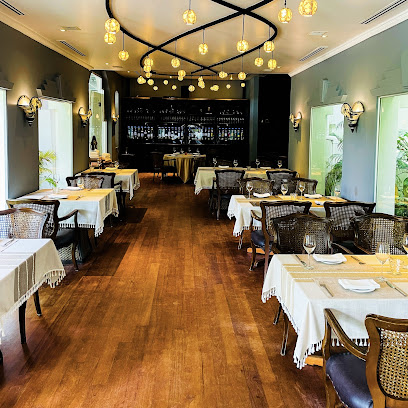
SEEDS Restaurant & Lounge
Discover the finest European cuisine at SEEDS Restaurant & Lounge in Yangon – where culinary artistry meets elegant dining.

Royal Garden Restaurant
Experience authentic Chinese cuisine surrounded by nature at Royal Garden Restaurant in Yangon, Myanmar.
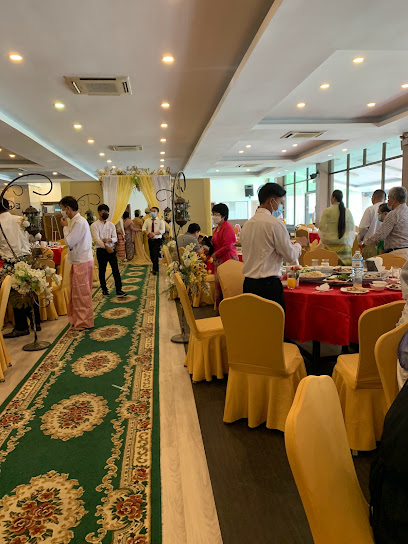
Kone Myint Thar Restaurant
Discover authentic Myanmar cuisine at Kone Myint Thar Restaurant in Yangon – where every dish tells a story.
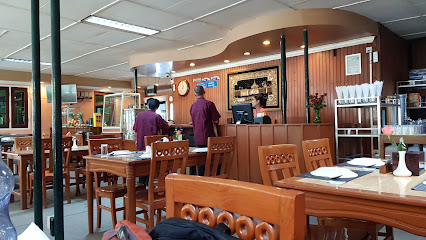
L'OPERA Italian Restaurant
Experience authentic Italian cuisine at L'OPERA Italian Restaurant in Yangon – where every meal is a celebration of flavor and tradition.

Rangoon Tea House Golden Valley
Experience authentic Burmese cuisine at Rangoon Tea House in Golden Valley – where tradition meets modern dining.
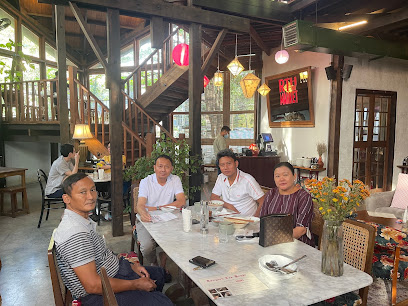
Garden Bistro
Discover tranquility at Garden Bistro in Yangon—where delectable cuisine meets serene surroundings for an unforgettable dining experience.
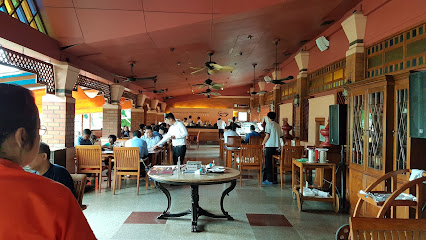
White Cottage Restaurant & Beer Garden
Discover culinary delights at White Cottage Restaurant & Beer Garden in Yangon – where Asian flavors meet European elegance in a stunning setting.
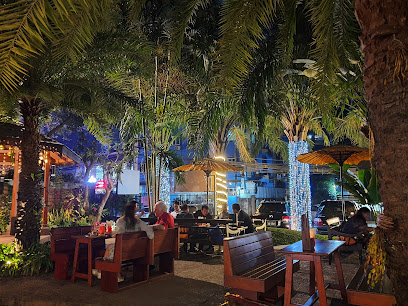
Markets, malls and hidden boutiques
City Mall St. John
Discover the ultimate shopping experience at City Mall St. John in Yangon, where local culture meets modern retail and dining delights.
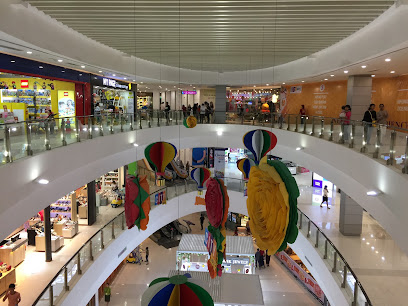
Taw Win Centre
Discover the vibrant shopping experience at Taw Win Centre, Yangon, offering a blend of local culture, dining, and entertainment.
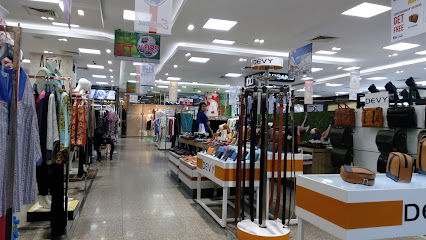
Times City Yangon
Discover the ultimate shopping and dining experience at Times City Yangon, where modernity meets tradition in a vibrant atmosphere.
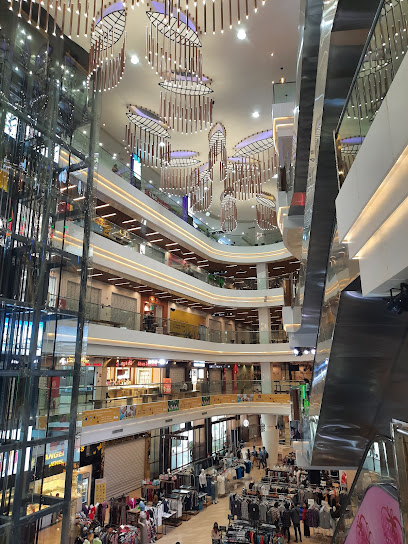
United Living Mall
Discover an eclectic mix of shopping, dining, and entertainment at United Living Mall, a vibrant hub in the heart of Yangon, Myanmar.
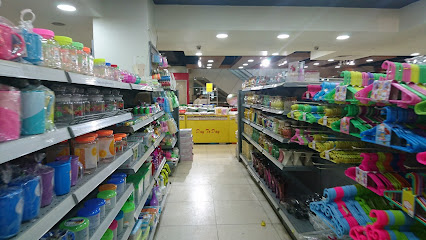
AKK Shopping Center
Explore the vibrant AKK Shopping Center in Yangon, where shopping meets local culture, dining, and exciting events all in one place.

AK Khan Shop
Explore the best of local and international food products at AK Khan Shop, Yangon’s must-visit grocery store.

Yangoods Shan Gone Boutique
Discover the beauty of Myanmar through handcrafted fashion accessories and unique gifts at Yangoods Shan Gone Boutique in Yangon.

Myanhouse Local Made ( Myanmar May )
Explore the essence of Myanmar at Myanhouse Local Made, a charming souvenir store in Yangon offering delightful handcrafted treasures.
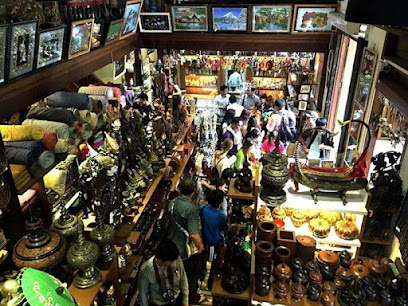
Chin Chili
Discover the charm of Myanmar at Chin Chili, your go-to gift shop in Bogyoke Market for unique bags and souvenirs.
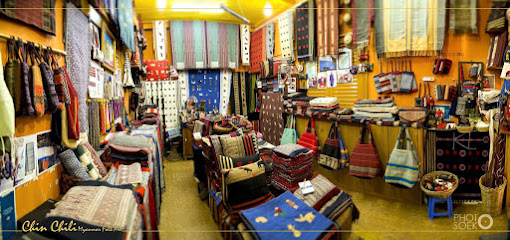
ARTISAN SOUVENIR SHOP
Explore the Artisan Souvenir Shop in Yangon for authentic crafts that capture the essence of Myanmar's rich culture and artistry.
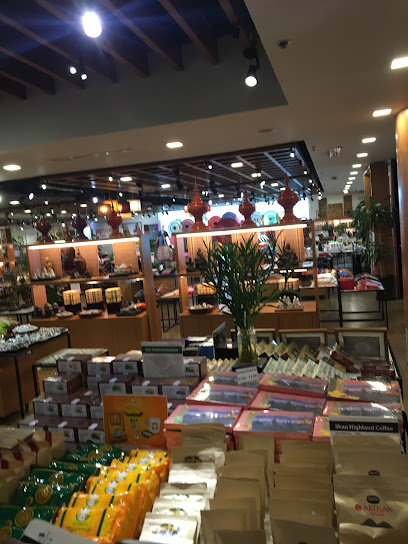
May Gift Shop
Explore May Gift Shop in Yangon for unique local gifts, cosmetics, and floral arrangements that capture Myanmar's rich culture and artistry.
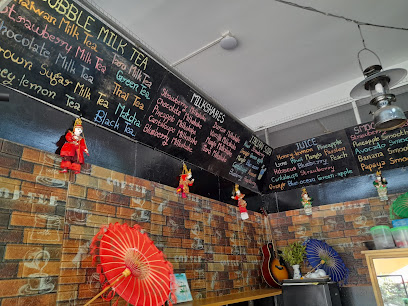
Mayangone Yangon
Explore the vibrant atmosphere of Mayangone Yangon, a fusion of local culture, culinary delights, and historical treasures waiting to be discovered.

Mayangone
Experience the essence of Myanmar in Mayangone, a vibrant shopping district in Yangon with local crafts, delicious street food, and cultural richness.

Unique
Discover Unique in Yangon - A clothing store that blends modern fashion with traditional Myanmar styles for a memorable shopping experience.

mayangone
Explore the vibrant Mayangone district in Yangon, Myanmar, where shopping meets local culture in a captivating atmosphere.

Essential bars & hidden hideouts
The Beer Factory Yangon
Experience the essence of Yangon nightlife at The Beer Factory, where local brews meet vibrant social culture.
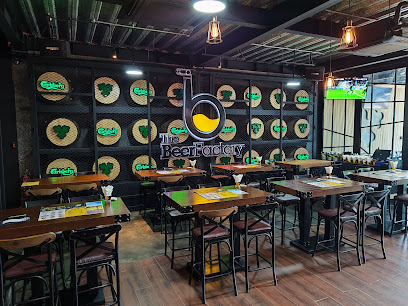
Byblos Pub & Grill
Experience the vibrant blend of local and international flavors at Byblos Pub & Grill, the ultimate dining destination in Yangon.
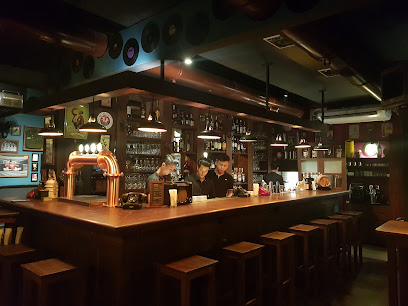
7th Joint Bar & Grill
Immerse yourself in the lively ambiance of 7th Joint Bar & Grill in Yangon, where delicious local cuisine meets vibrant live music.

The Radio bar
Experience the vibrant nightlife at The Radio Bar in Yangon, where creative cocktails and great music create unforgettable moments.
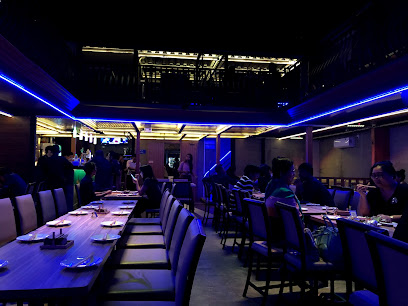
TIPSY
Discover TIPSY Bar in Yangon: a lively spot for cocktails, local brews, and unforgettable nightlife experiences.
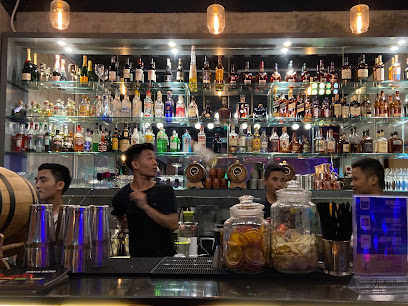
Yangon Yangon Rooftop Bar
Discover Yangon from the heights of the Yangon Yangon Rooftop Bar, where stunning views and vibrant atmosphere meet exquisite drinks.

Blind Tiger
Discover Blind Tiger, Yangon’s premier cocktail bar, offering a unique blend of innovative drinks and vibrant atmosphere in the heart of the city.
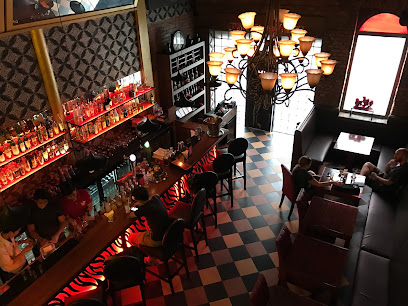
The Glass Yangon
Experience the best of grilled cuisine at The Glass Yangon, a culinary hotspot offering a blend of local and international flavors.
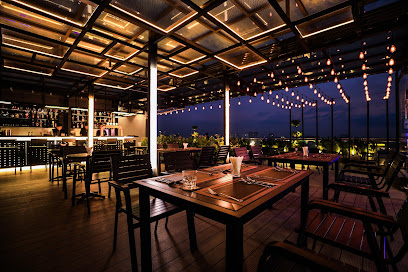
Malibu Bar
Discover the vibrant nightlife at Malibu Bar on Kandawgyi Tower Island, offering stunning views, delicious food, and a lively atmosphere in Yangon.
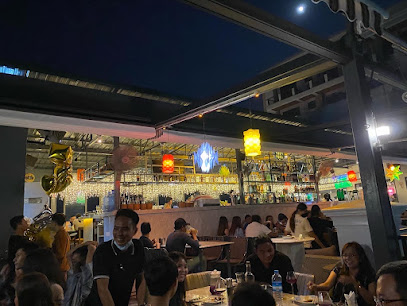
Honey Nest Dj Bar
Discover the pulse of Yangon at Honey Nest Dj Bar, where vibrant nightlife meets eclectic music and a lively crowd.

Local Phrases
-
- Helloမင်္ဂလာပါ
[mingala ba] - Goodbyeသွားပါ
[swar ba] - Yesဟုတ်ကဲ့
[huht kae] - Noမဟုတ်ဘူး
[ma huht bu] - Please/You're welcomeကျေးဇူးတင်ပါတယ်
[chay zu tin ba de] - Thank youကျေးဇူးတင်ပါတယ်
[chay zu tin ba de] - Excuse me/Sorryကျေးဇူးတင်ပါတယ်
[chay zu tin ba de] - How are you?ဘယ်နှင့်လဲသွားလို့
[bèh nhin le swar lo] - Fine. And you?ကောင်းလေးပါ။ အဲ့လဲသွားလို့
[kawng le ba, ei le swar lo] - Do you speak English?အဂၤလိပ်မယ်လို့
[egaleh mya le lo] - I don't understandမနားလို့မဟုတ်ဘူး
[ma na lo ma huht bu]
- Helloမင်္ဂလာပါ
-
- I'd like to see the menu, pleaseမီနူအားလုံးကိုလက်ခံရမလဲ
[minu a lone ko lakhan ya ma le] - I don't eat meatအချိန်ထောင်မဟုတ်ဘူး
[a chit htaung ma huht bu] - Cheers!နားလည်နော်
[na lei nau] - I would like to pay, pleaseငွေပြန်ရမလဲ
[ngwe pyan ya ma le]
- I'd like to see the menu, pleaseမီနူအားလုံးကိုလက်ခံရမလဲ
-
- Help!ကူးလေး
[ku lei] - Go away!သွားရမလဲ
[swar ya ma le] - Call the Police!ရုံးသွားခဲ့ပါ
[yone swar kae lo] - Call a doctor!ဆရာဝန်ခဲ့ပါ
[shara wan kae lo] - I'm lostလှပ်ထဲမှာလို့
[hpa te ma har lo] - I'm illကျေးဇူးပါတယ်
[chay zu ba de]
- Help!ကူးလေး
-
- I'd like to buy...ဝယ်ခဲ့လို့
[wai kae lo] - I'm just lookingကြားဖြတ်ရမလဲ
[kyaw pyat ya ma le] - How much is it?ဘယ်ဘက်လဲလင့်
[beh ba lein] - That's too expensiveဒီးမဟုတ်ချင်းသွားလို့
[di ma huht chint swar lo] - Can you lower the price?စျေးလျှောက်လို့
[se le htauk lo]
- I'd like to buy...ဝယ်ခဲ့လို့
-
- What time is it?ဘယ်နာရီလဲ
[bèh nari le] - It's one o'clockတစ်နာရီပဲ
[tut nari ba] - Half past (10)ဆယ်နာရီ
[sha nari] - Morningနံနက်
[nam nek] - Afternoonနံလောင်
[nam laung] - Eveningညနေ
[nya ne] - Yesterdayမနေ့
[mane] - Todayယနေ
[ya ne] - Tomorrowမနက်
[nak nek] - 1တစ်
[tut] - 2နှစ်
[hna] - 3သုံး
[sohn] - 4လေး
[lei] - 5ငါး
[nga] - 6ခြောက်
[hkrwak] - 7ခွေး
[hkwe] - 8ရှေး
[hray] - 9ကိုး
[ko] - 10ဆယ်
[sha]
- What time is it?ဘယ်နာရီလဲ
-
- Where's a/the...?ဘယ်လိုင်းကိုခဏရှောက်နဲ့
[bèh loing ko khan hraya hkrwak nei] - What's the address?လိပ်စာဘက်လဲ
[leip sa ba lein] - Can you show me (on the map)?မြောက်ကြည့်ရမလဲ
[myauk gyi ya ma le] - When's the next (bus)?ရှောက်ကိုငယ်လဲ
[hrwak ko nyai le] - A ticket (to ....)လက်ဆောင်ပြီ
[lakhaung pyi]
- Where's a/the...?ဘယ်လိုင်းကိုခဏရှောက်နဲ့
History of Mayangone
-
Mayangone, originally a rural area, began to develop significantly during the British colonial period in the 19th century. As Yangon expanded, Mayangone was incorporated into the city’s boundaries, facilitating the growth of residential neighborhoods and infrastructure. The British colonial administration established various public works and services, which contributed to the area’s transformation into a suburban hub.
-
During World War II, Mayangone, like much of Yangon, experienced significant disruption. The city was heavily bombed, and the Japanese occupation altered the local landscape and governance. Many buildings from this era reflect a mix of colonial and wartime architecture, showcasing the resilience of the community amidst the chaos. Post-war recovery efforts saw Mayangone rebuild and modernize.
-
Mayangone is known for its diverse population, including ethnic Bamar, Indian, Chinese, and Muslim communities. This multicultural tapestry has fostered a rich cultural heritage, evident in the area’s temples, pagodas, and festivals. The local cuisine reflects this diversity, with street food stalls and restaurants offering a variety of traditional dishes from different cultures, making it a vibrant culinary destination within Yangon.
-
In recent decades, Mayangone has undergone rapid urbanization, with new housing developments, shopping centers, and educational institutions emerging. This growth has attracted both local residents and expatriates, contributing to the neighborhood's dynamic character. The establishment of modern amenities alongside traditional markets showcases the balance Mayangone maintains between its historical roots and contemporary lifestyle.
-
Mayangone has also been a site of political activism and social movements, particularly during Myanmar's transition towards democracy. The neighborhood has seen the mobilization of grassroots movements advocating for human rights and political reform. Local leaders and activists have utilized community spaces to organize events and discussions, making Mayangone a focal point for civic engagement and social change in Yangon.
Mayangone Essentials
-
Mayangone is accessible via various modes of transportation from other neighborhoods in Yangon. If arriving from downtown Yangon, you can take a taxi or a ride-sharing service, which typically takes about 30-45 minutes depending on traffic. Alternatively, public buses run frequently from the city center to Mayangone, with routes such as 25 and 36 being popular choices. The nearest train station is the Yangon Circular Railway; while it doesn't stop directly in Mayangone, you can disembark at nearby stations and take a short taxi ride.
-
Mayangone is best explored using local taxis, which are convenient and relatively inexpensive. Alternatively, you can utilize the public bus system, which has various routes crisscrossing the neighborhood. Bicycles are also a viable option for those looking to explore more leisurely, with some rental shops available. Remember that traffic can be congested, especially during peak hours, so allow extra time for travel.
-
Mayangone is generally safe for tourists; however, basic precautions should be taken. Avoid walking alone at night in less populated areas, and keep your personal belongings secure. While specific high-crime areas targeting tourists are not prevalent, it is wise to remain vigilant in crowded places such as markets and bus stations.
-
In case of an emergency, you can dial 999 for police assistance or seek help from your hotel staff for emergencies. Local hospitals and clinics are available, with major facilities located in central Yangon. Ensure you have travel insurance that covers medical emergencies, and it's advisable to carry a small first-aid kit for minor health issues.
-
Fashion: Do dress modestly, especially when visiting temples. Don't wear revealing clothing. Religion: Do show respect for local customs and traditions. Always remove your shoes before entering religious sites. Public Transport: Do be courteous and offer your seat to the elderly. Don't engage in loud conversations. Greetings: Do greet locals with a smile and a nod. A handshake is also acceptable but may not be customary in all situations. Eating & Drinking: Do try local dishes and accept food offers graciously. Don't eat while walking in public spaces, as it is considered impolite.
-
To experience Mayangone like a local, visit the neighborhood's markets, where you can find fresh produce and local delicacies. Engage in conversations with vendors, as they are often eager to share insights about their goods. Explore the lesser-known temples and parks in the area, which provide a glimpse into the local lifestyle away from the tourist trail. Additionally, try to attend local festivals or events if your visit coincides with any, as this offers a unique perspective on the culture and traditions of the area.
Nearby Cities to Mayangone
-
Things To Do in Kyaiktiyo
-
Things To Do in Hpa-An
-
Things To Do in Pyay
-
Things To Do in Ngapali
-
Things To Do in Mae Hong Son
-
Things To Do in Naypyidaw
-
Things To Do in Pai
-
Things To Do in Chiang Mai
-
Things To Do in Sukhothai
-
Things To Do in Kalaw
-
Things To Do in Inle Lake
-
Things To Do in Kanchanaburi
-
Things To Do in Bagan
-
Things To Do in Sittwe
-
Things To Do in Chiang Rai



